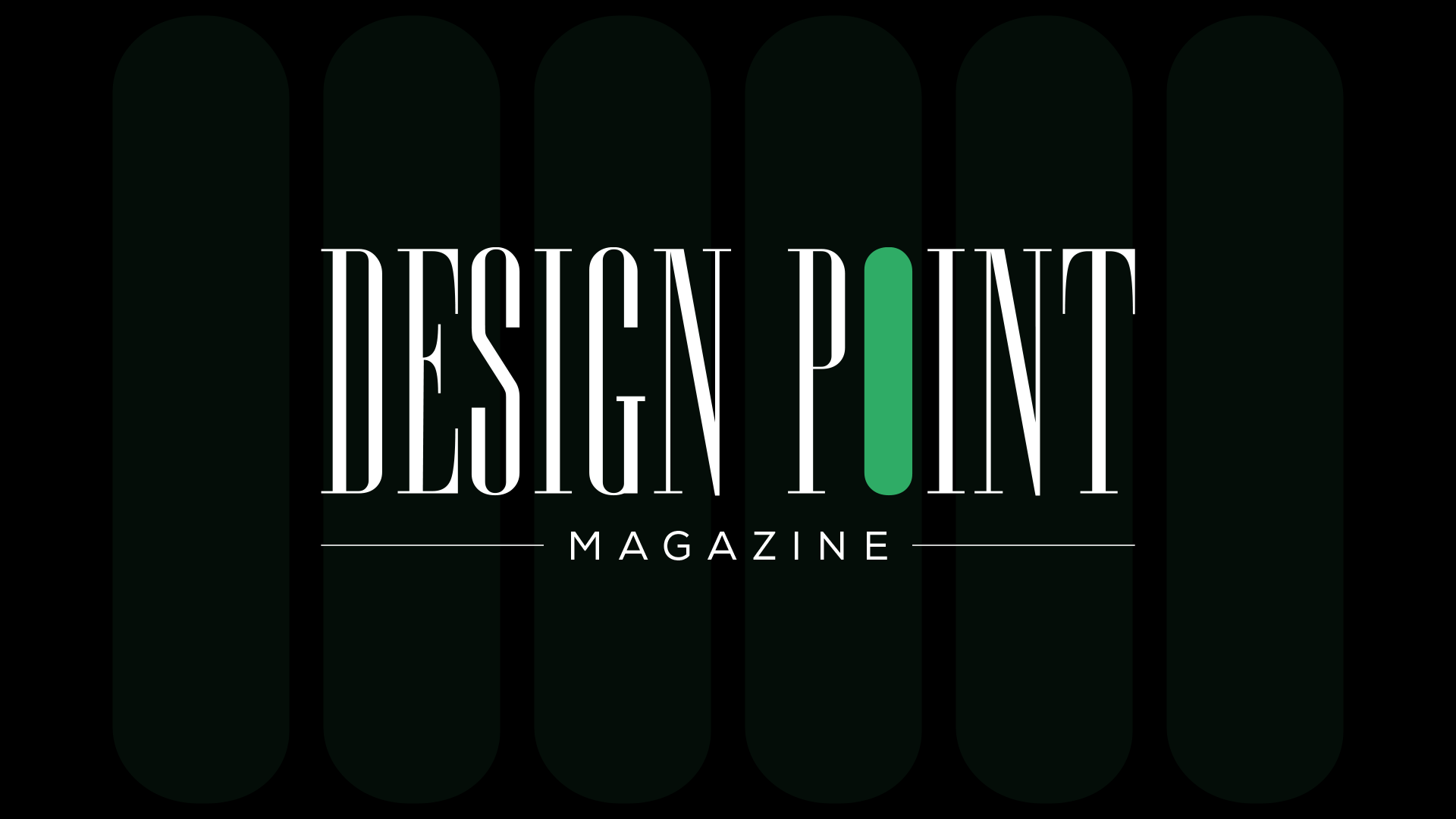The creative industry has always lived at the intersection of change. From movable type to digital typography, from paste-up boards to pixels, every generation of designers has learned to navigate new tools while holding tight to timeless truths about human connection and communication.
Now, with artificial intelligence reshaping how we ideate, prototype, and produce, that intersection has become a convergence. The speed and scale of AI can feel both exhilarating and unsettling. It promises to amplify imagination, yet threatens to automate the very instincts that make creative work human.
This tension is not new, but its pace is. And it demands something more than technical adaptation. It calls for a compass.
AI can surface possibilities; people must decide what matters.
Recalibrating the Compass
To stay human in an AI-driven world, we have to redefine what creativity means.
It’s not about resisting technology or romanticizing the past. It’s about keeping our sense of direction when the map keeps redrawing itself.
Designers and brand leaders now operate in what psychologists call cognitive offloading, outsourcing tasks once rooted in intuition to algorithms that can generate, predict, or even “decide.” But the more we rely on these systems, the more vital it becomes to ask: What do we still want to own as humans?
The answer isn’t efficiency. It’s discernment. AI can surface possibilities; people must decide what matters.
This is where creative leadership shows its true purpose, not just to produce, but to interpret. To translate data into emotion. To bring cultural context, empathy, and ethics into conversations that machines cannot have.
The Partnership Mindset
The most promising creative teams aren’t treating AI as a rival, but as a collaborator. They are learning where technology accelerates imagination, and where it dulls it.
A brand designer using an AI moodboard tool might explore hundreds of visual directions in minutes. But the insight comes from the human who spots the pattern that fits the story. A creative director might use generative text or image models to prototype campaign concepts, but it’s their lived experience that decides what feels authentic or what crosses a cultural line.
In that sense, the work becomes more about editing than generating. The designer becomes a curator of meaning, shaping the signal from the noise.
This “partnership mindset” also transforms creative culture. Teams that embrace AI without losing their values tend to share three habits: curiosity, transparency, and reflection. They ask better questions, they show how they made decisions, and they treat every tool as an experiment, not an identity.
AI may be fast, but curiosity remains our most powerful accelerator.
Craft and Culture
While digital tools evolve, the tactile nature of craft continues to ground creativity in the physical world. Print, for instance, has become less about mass production and more about meaningful presence.
In an era of infinite screens, a printed piece offers scarcity and intention. It forces a pause. It creates an encounter that can’t be scrolled past or optimized by an algorithm. When AI helps shape print, through data-driven personalization, smarter workflows, or generative typography, the result can be extraordinary: technology serving tangibility rather than replacing it.
This is where designers are finding a new balance. AI can analyze a brand’s audience and suggest hyper-specific color palettes or paper choices, but it’s the designer’s sense of story that transforms those insights into something emotional. Craft becomes not a nostalgic counterpoint to AI, but a living proof of why humans still matter in the creative equation.
Great design has always been a dialogue between head and hand. AI simply adds another voice to that conversation, one that requires guidance, ethics, and care.
AI may be fast, but curiosity remains our most powerful accelerator.
Leading with Values
For leaders, the challenge isn’t only to learn new tools. It’s to build teams that think critically about them. AI literacy is now part of creative literacy. But so is emotional intelligence.
Teams that thrive in this era cultivate psychological safety, spaces where experimentation and disagreement can coexist. They openly discuss authorship, credit, and bias. They set boundaries around when AI belongs in the process and when it doesn’t.
Values become the framework that guides all of it. Empathy in client relationships. Transparency in data use. Respect for craft, context, and community.
These aren’t soft skills; they are the new creative infrastructure. Because if everything becomes generated, what separates one studio or brand from another isn’t the output, it’s the integrity behind it.
The Compass Points Forward
AI will continue to accelerate. It will design faster, print smarter, and personalize deeper than anything before it. But it will never know what it feels like to create something that moves someone, to watch a person’s eyes light up when an idea lands, or to hold a finished piece that tells a story only human hands could have made real.
That moment is our compass. It reminds us that technology may extend our reach, but humanity defines our direction.
To stay human in an AI-driven world isn’t to resist the future. Instead, it’s to build it with care, curiosity, and conscience, one design, one decision, one print at a time.
A creative leader for over three decades, Justin Ahrens stands at the intersection of design, strategy, and purpose. As Chief Creative Officer of both Rule29 and O’Neil Printing, he blends storytelling and strategic insight to help organizations, from startups to Fortune 50 companies, create meaningful change.
The post The Creative Compass: Staying Human in an AI-Driven World appeared first on PRINT Magazine.

